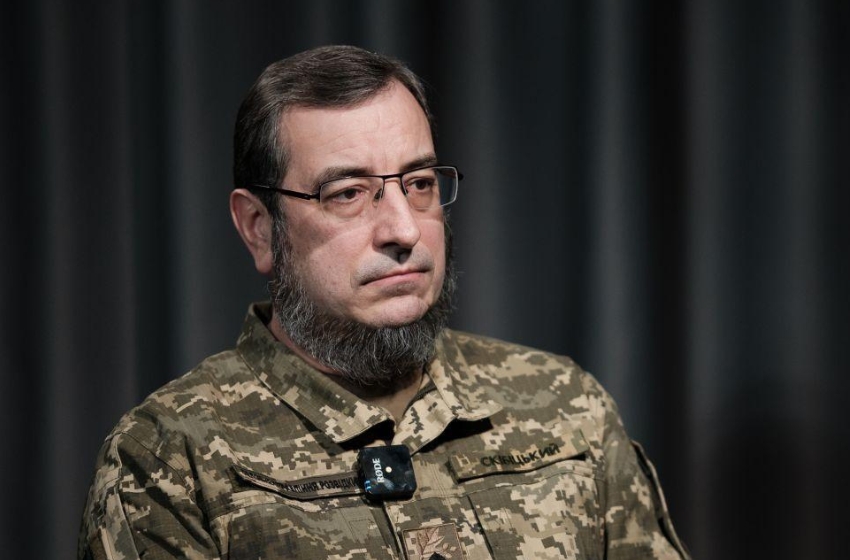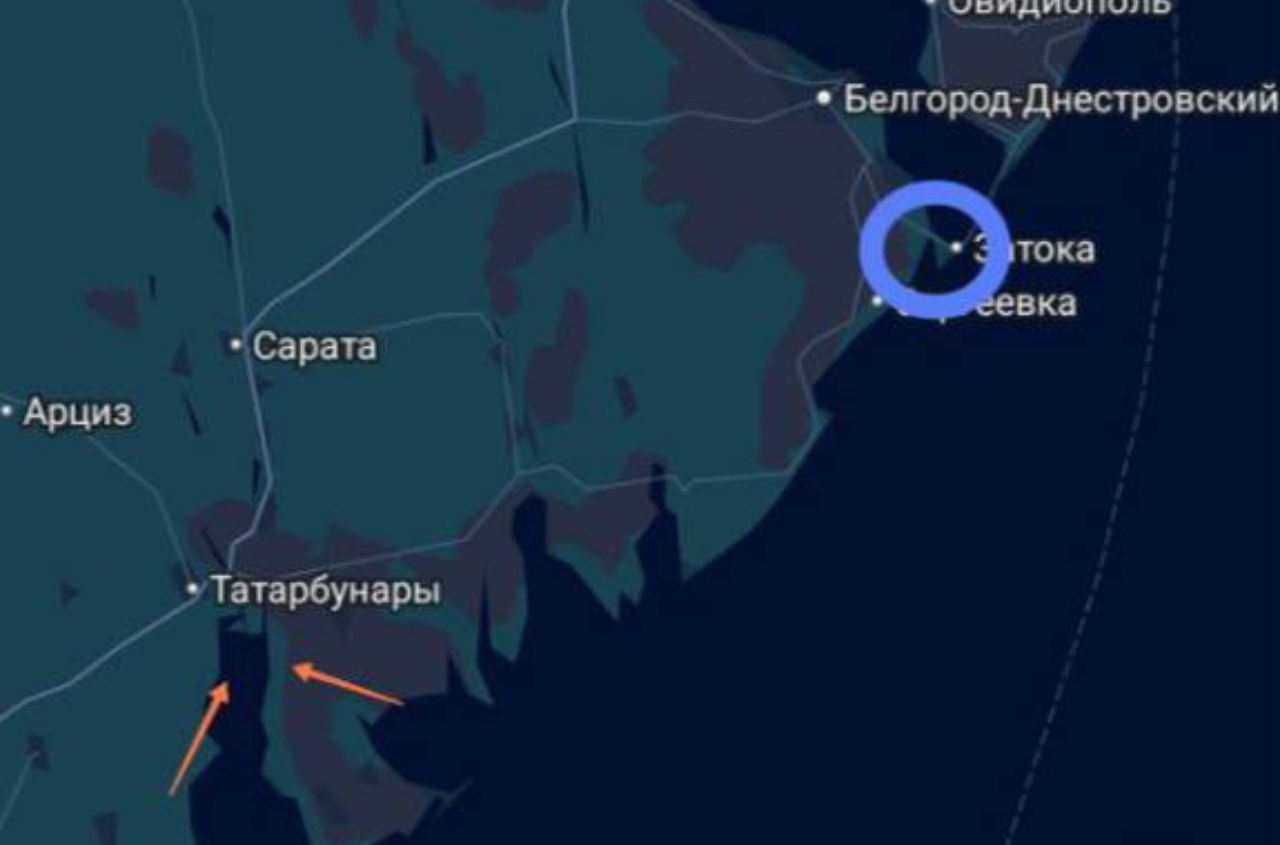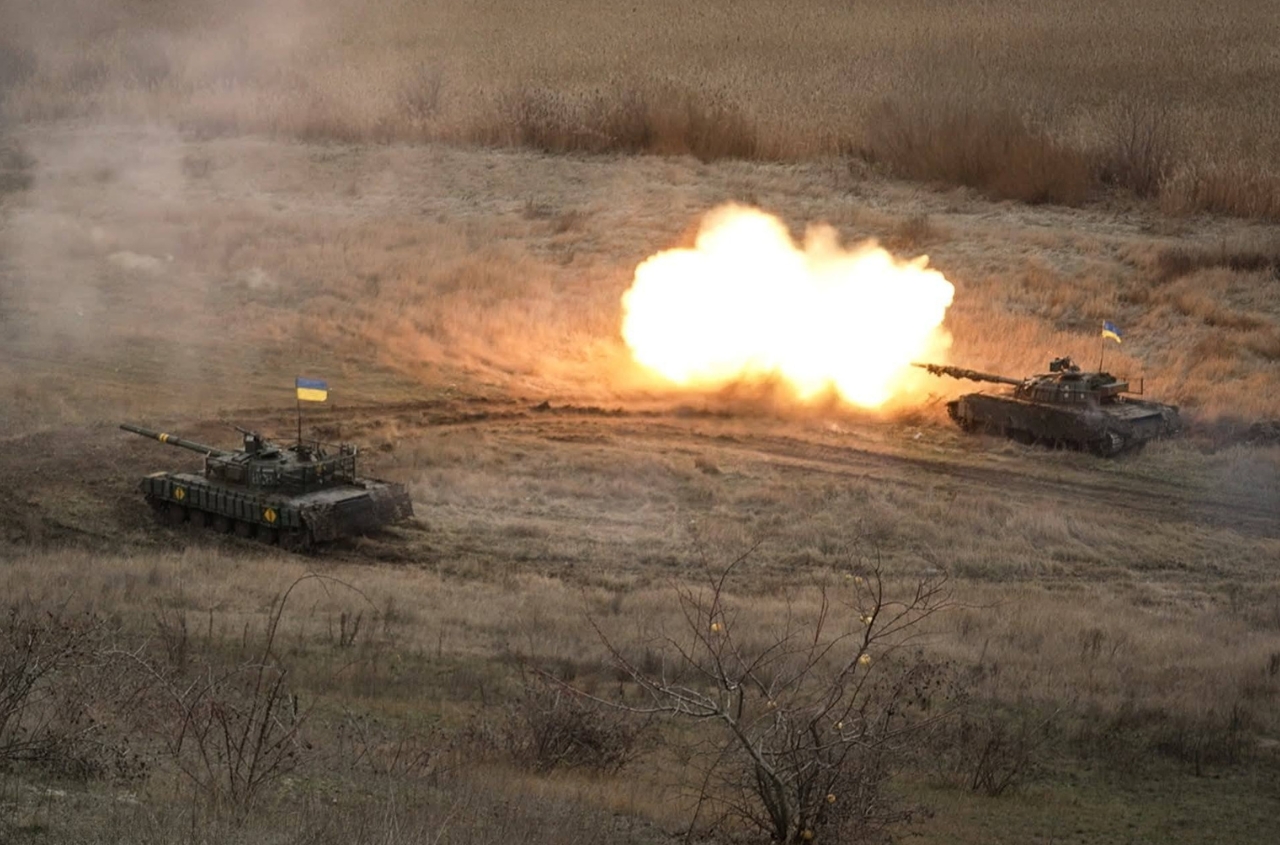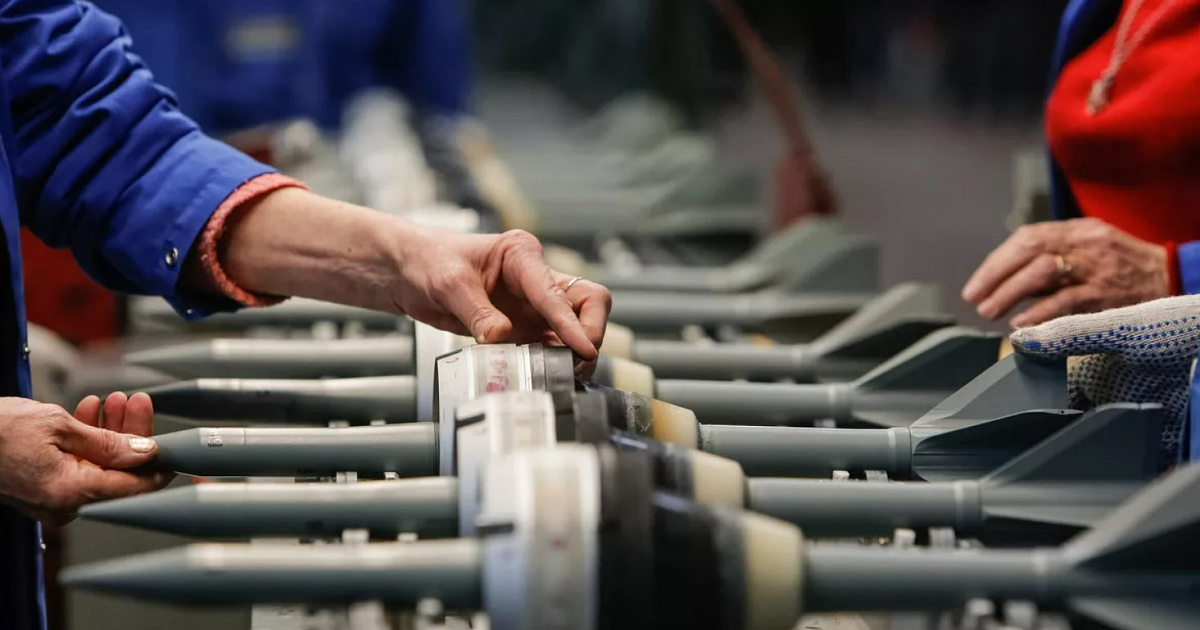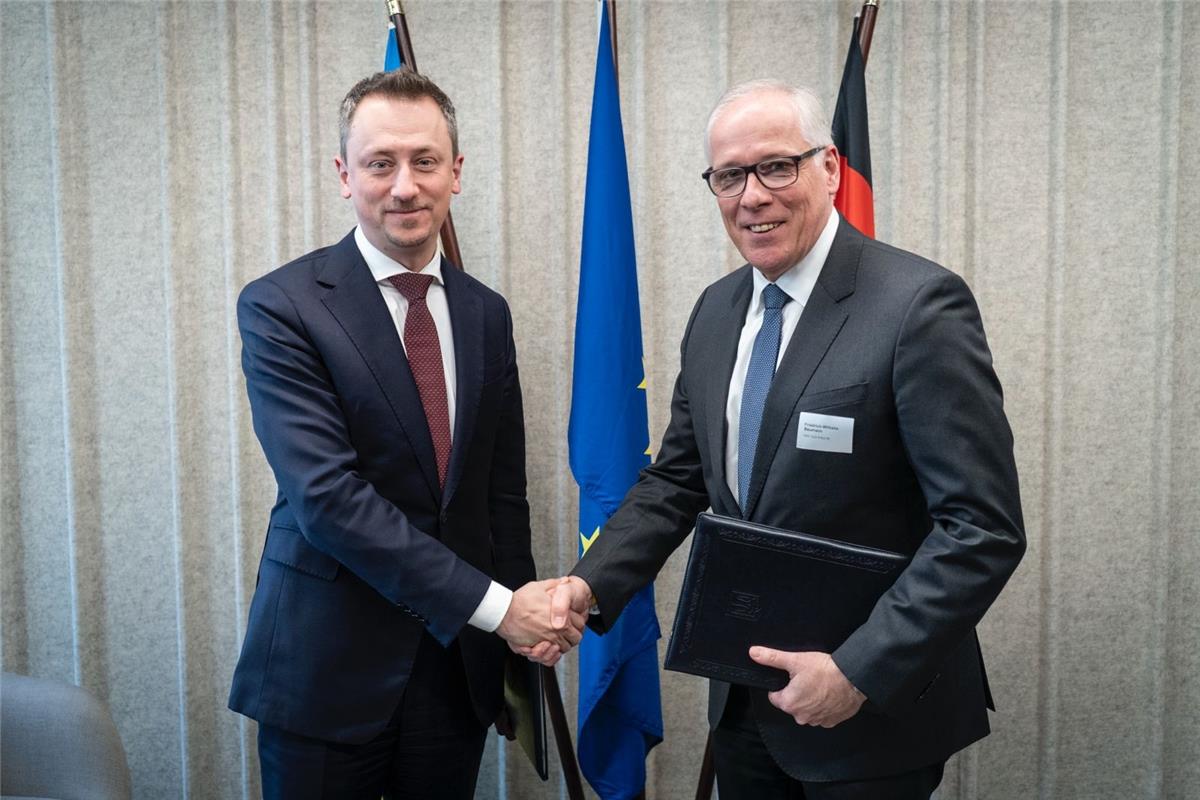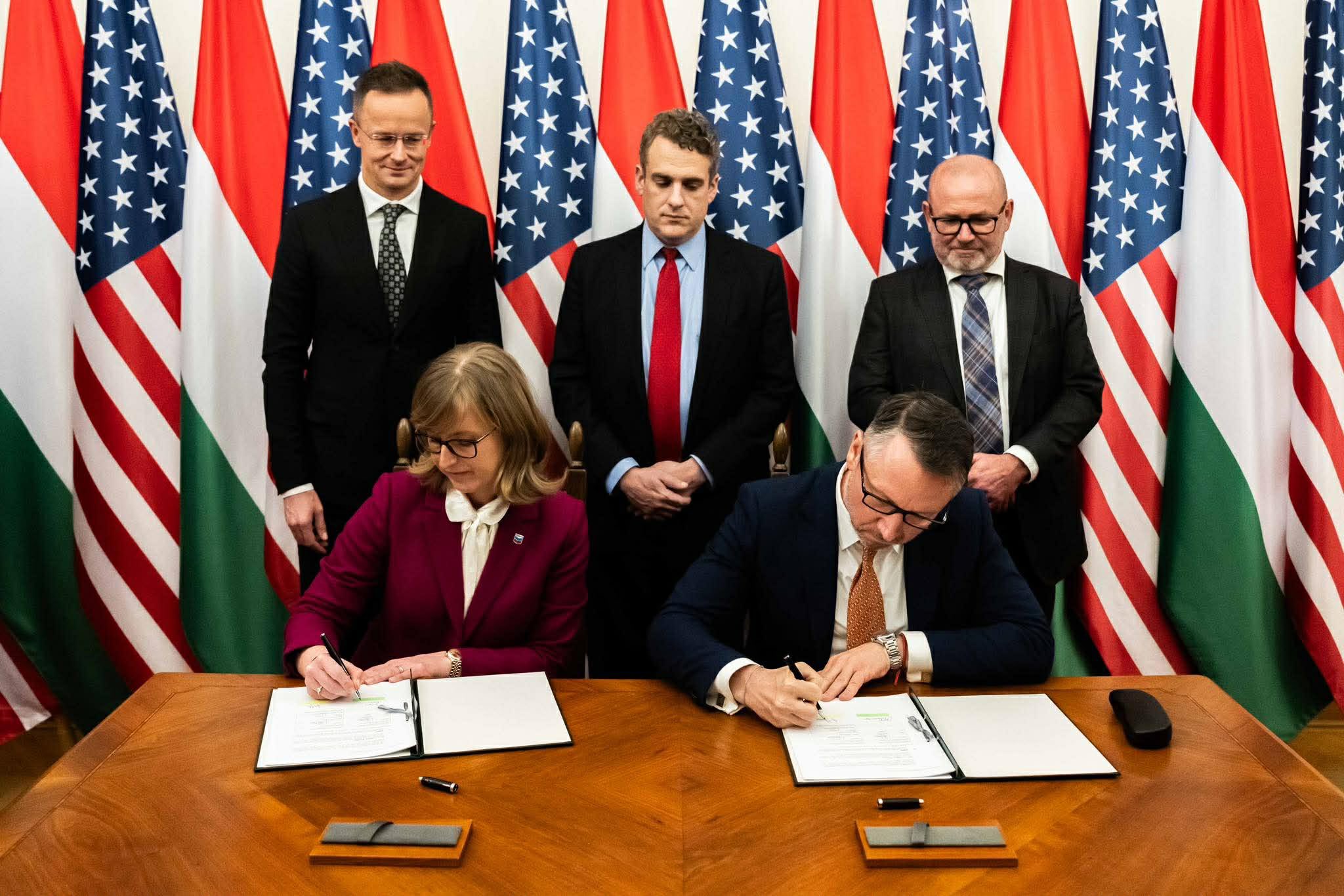Russia is continuing to improve its missile and unmanned aerial vehicle (UAV) capabilities and is expected to carry out combined strikes against Ukraine, according to Vadym Skibitsky, Deputy Head of the Main Intelligence Directorate of the Ministry of Defense of Ukraine.
“We can clearly see the modernization and improvement of missile systems and unmanned aerial vehicles by the Russian Federation as a result of strikes on our country, primarily targeting civilian infrastructure and our enterprises,” Skibitsky told Ukrinform.
He explained that future strikes will be combined, utilizing UAVs of various types, including decoys, as well as cruise missiles such as naval “Kalibr,” air-launched X-101 and X-32, and ground-based “Iskander” missiles.
“The enemy can use both ballistic and cruise missiles. But what do we observe? First, a change in strike tactics. Second, the use of modernized weaponry,” he said.
Skibitsky noted that the tactics for using Shahed drones have changed radically since the start of the war. Previously, they flew directly to their targets, but now they can circle over Kyiv for several hours and alter their altitude to evade defenses.
Missiles are also undergoing significant modernization. The X-101 cruise missile, for example, now includes electronic warfare countermeasures and a dual warhead. Navigation and control systems are being enhanced to overcome Ukraine’s electronic warfare capabilities.
“In other words, evolution is ongoing, improving all means of armed combat and striking. Therefore, it is incorrect to assume that the enemy will stop at a certain level. For instance, the ‘Kometa’ system was eight-channel, then 12, now 16, and in the future 32-channel, allowing it to bypass electronic warfare systems. This process is continuous for the enemy—enhancing effectiveness and accuracy of strikes. Accordingly, our task is to effectively counter this,” Skibitsky emphasized.
Regarding the location of Russia’s defense industry, most enterprises are situated more than 750 km from the Ukrainian border, with only 25% located 250–500 km away. While Russia is not relocating existing enterprises, it is building new ones even farther from Ukraine—1,500–2,000 km away.
“We don’t see relocation; we see new enterprises being created 1,500–2,000 km from our border. There are many of them, and our deep strikes are needed to halt or disrupt production processes,” Skibitsky said. He added that new approaches are required to effectively target these facilities. “It is necessary to identify the most critical enterprises and their key components to destroy them because there is extensive cooperation. More than 100 enterprises may be involved in producing a single type of weapon, similar to the Soviet Union era,” he explained.
The Russian military is also reinforcing air defenses and electronic warfare systems to protect its defense industry from Ukrainian drone attacks.
“They are trying to create a strong system to counter our UAVs and missiles. This is a comprehensive program that involves forming units and developing new countermeasures. According to our data, around September, seven UAV systems designed to counter our strikes will be tested—both quadcopter-type and airplane-type—to protect their facilities and defense industry enterprises,” Skibitsky said.
Given the evolving threat, Skibitsky emphasized the importance of Ukrainian missile systems in addition to drones.
“We sustain the most damage from missile weaponry because it has a larger warhead and greater precision. Therefore, support from our partners and the development of our own programs, including missile programs, is extremely important,” he said.









